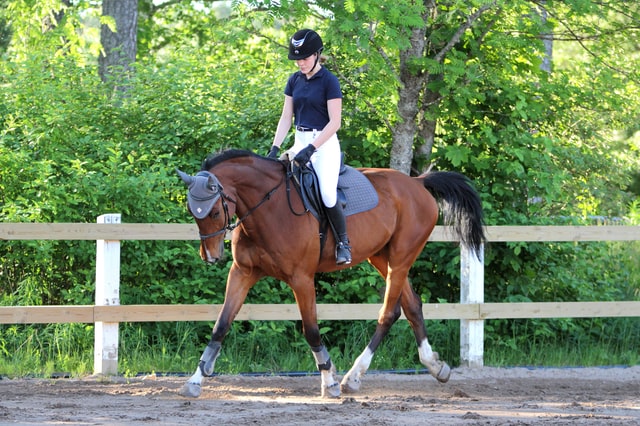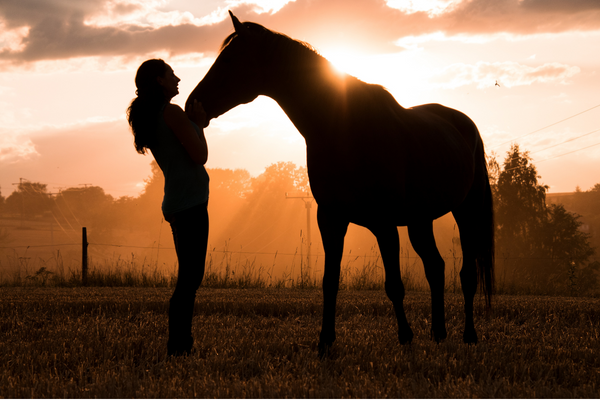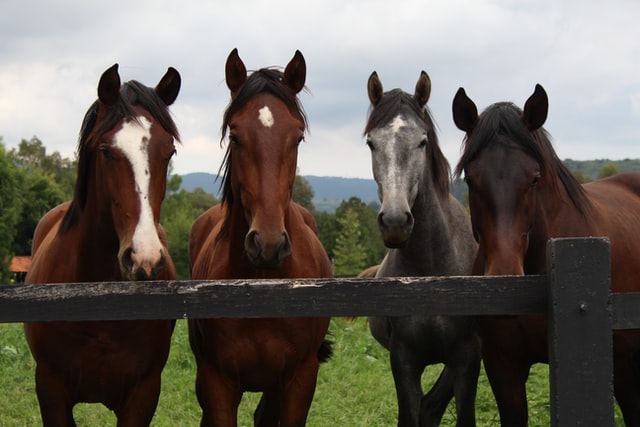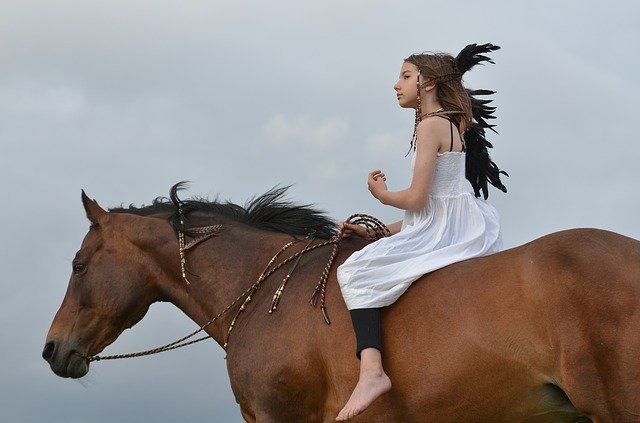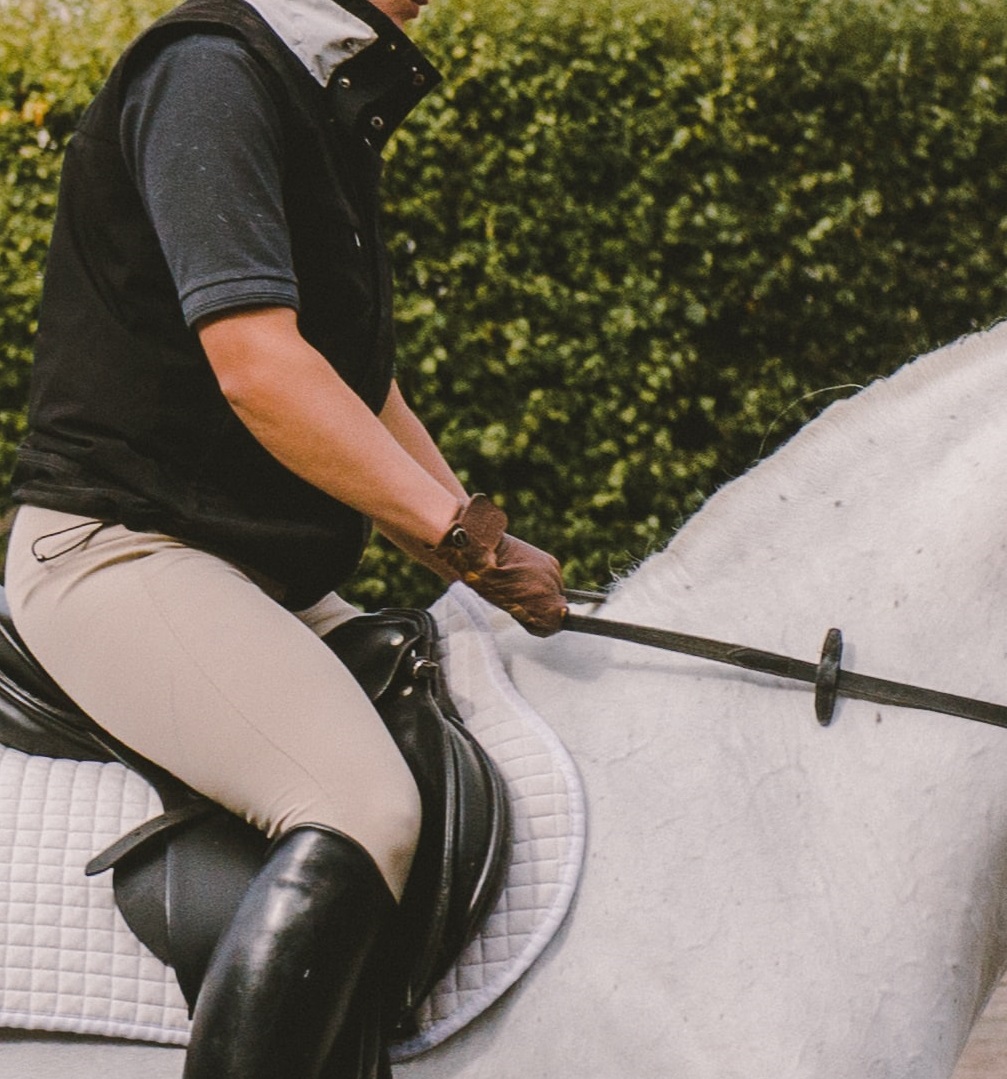Principles of Training
When it comes to training horses (or dogs, husbands and children for that matter!) there are some basic principles that apply across the board, regardless of discipline or background.
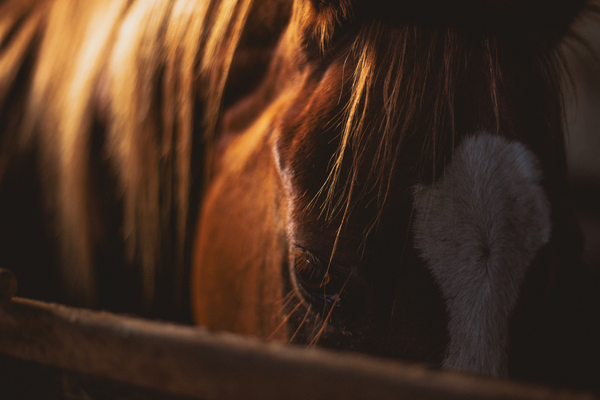
Principles of Training
1. The Pressure is the Question, The Release is the Answer
When we’re training a new behavior or action, we’ll use pressure to “ask the question”.
When I’m training my horse to lead, for example, I’ll pull on the lead rope, or “bump” it which is the question.
There are lots of things the horse can do here – raise his head, shake his head, move sideways, move backwards, or move forwards.
I’ll continue asking the question while he tries to find the right answer.
When he walks forward, I’ll release the pressure and stop the “bumping”, which lets the horse know he’s found the right answer.
2. Keep Your Horse Below Threshold
When the pressure begins to build and your horse begins to get stressed, take a break or stop and allow your horse to calm down again.
Stressors include moving away from his friends or the safety of his field or stall, the weather, and other environmental distractors.
When the stress is allowed to accumulate without being released your horse will get over threshold which is where you get dangerous behavior.
When your horse goes over threshold they’ll rear, bolt, flip over, kick out, bite, etc or they’ll just completely shut down.
Neither scenario is worth it.
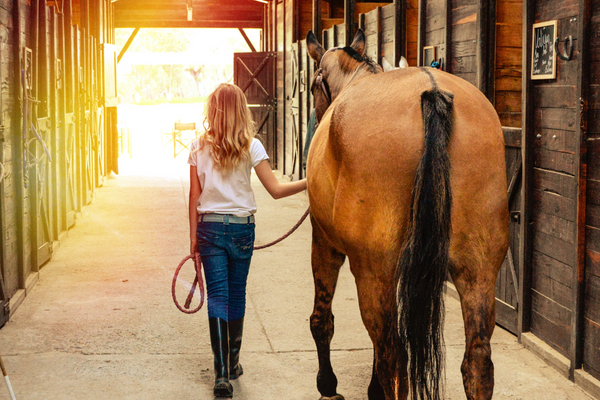
3. Lots of Little Intervals
I know this may be difficult to achieve, depending on your barn schedule, but I’ve found that a lot more progress happens when we make training sessions short and to the point.
If you can turn your horse out the moment he gets the right answer, you’ll be amazed and how quickly he’ll get to the right answer the next time.
“Slow is smooth and smooth is fast.”
4. Law of Threes
Similarly, once your horse gets really good at providing the right answer, test that they can do it correct three times in a row before moving on to the next item.
This proves that your horse getting the right answer wasn’t a “fluke” and that he truly understands the question AND the answer and can repeat it.
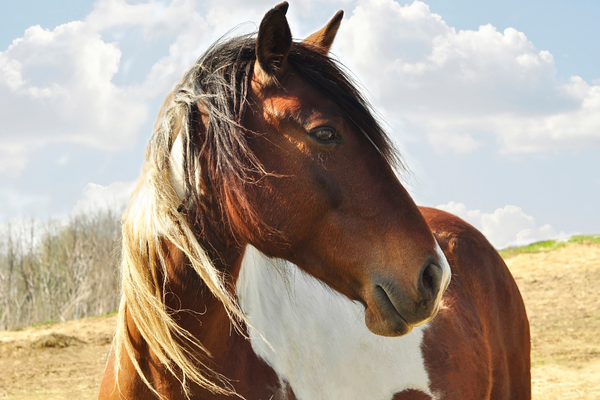
5. As Much as Necessary as Little as Possible
When asking the question, always begin the “ask” as quietly as possible. For example, when asking a horse to lift their hoof, begin by touching the back tendon or fetlock.
“Ask” slightly louder each time until you get the desired result.
The next time you ask, however, start quietly again. Your horse will learn to anticipate that louder ask and will gradually begin giving you the desired behavior with less and less pressure.
6. Beware of Trigger Stacking
A trigger is anything stressful to your horse. Triggers can be big or small and can change routinely with your horse.
A new hay bale placed in a strange location may trigger your horse one day and not the next.
Also, your horse will process triggers differently from each eye, so that same bale may be fine from the left but is terrifying from the right.
Trigger stacking is when trigger after trigger after trigger get stacked up within your horse without a release.
This often results in a lot of little irritations that build up to an explosion.
When you’re around your horse, tune in to their attitude and try to be aware of any triggers and how close to threshold they are.
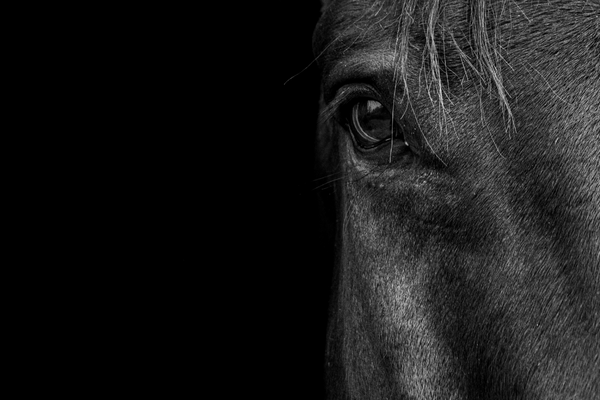
7. Reward Every Try
Releasing pressure or adding a reward lets your horse know he found the right answer to your question! Before he gets there, though, he will likely give you an attempt or a fraction of a try.
If you think your horse is even thinking about giving you the right answer, release the pressure and reward him.
It’s always better to reward something you think is heading in the right direction then to ignore the slightest try.
If we ignore something that that could eventually turn in to the behavior we’re wanting, our horse will try everything else before revisiting the behavior you actually want!
8. Look for a Millimeter of Progress
A lot of times when we’re training we get greedy and ask for more and more.
If our horse is herd-sour, don’t start by catching them and taking them to the other end of the farm. Start by catching them and going for a 10-foot walk away from their friends.
Then 12 feet, then 14 feet, then 20.
Reward every millimeter of progress.
The saying, if you’re 1% better than yesterday, in 100 days you’ll be 100% improved applies here. Just look for that millimeter, not the whole mile.
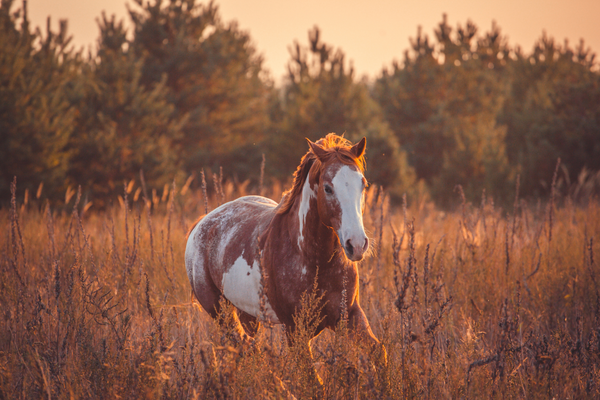
9. Start at the Beginning
When we see horse and rider combinations doing amazing things, they didn’t start out doing them. They started at the very beginning.
If running barrels is our goal, we need to start with catching our horse.
You don’t run a barrel pattern. You catch your horse, groom them, tack them up, maybe you trailer them to an arena, tie them to the trailer, mount, and practice the pattern 10,000 times, each time getting one millimeter better than before.
Master the art of catching your horse before you move on to tying.
10. Work with the Horse You Have Today
A lot of things can happen in our horse’s lives that we don’t know about.
Does their stomach hurt? Does their head hurt? Did they strain a muscle playing in the field?
Did the coyotes keep them up all night because they were close to the paddock?
Is your horse up because it’s cold and windy? Or sluggish because it’s hot and humid?
You won’t sit on the same horse twice, so remember to check in with your horse and ensure you know what horse you’re dealing with today.
If it’s an off day, don’t fight it. Find other things you can do together to train a different task or build your relationship.
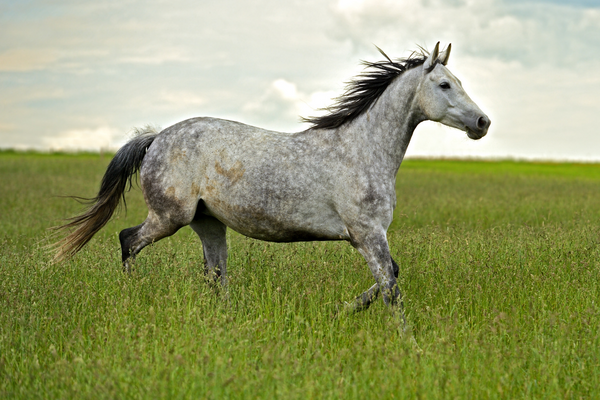
11. A Horse is a Horse
Whenever we run into behavior we don’t like or training issues or vices, we often ask ourselves why our horse is behaving this way.
The answer is always “Because he’s a horse”.
They’re not complicated creatures, but we tend to complicate our relationships with them with our human brains.
“Why is he herd sour?” “Because he’s a horse”
“Why does he not want to be caught?” “Because he’s a horse”
“Why is he barn sour?” “Because he’s a horse”
“Why won’t he load?” “Because he’s a horse”
A horse’s number one priority in life is safety (followed closely by food). If your horse has learned that the thing you want him to do makes him unsafe or burns calories (that he might need to run away from a lion) he will develop behaviors we don’t like.
Our job is to show him that the thing we want him to do is not only safe, but enjoyable.
